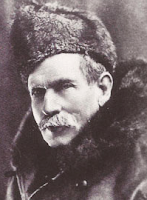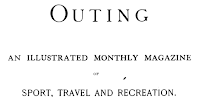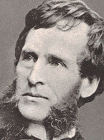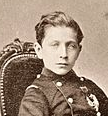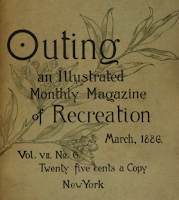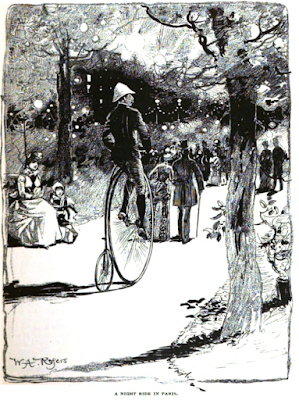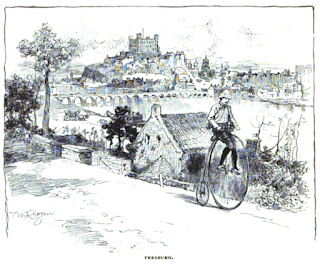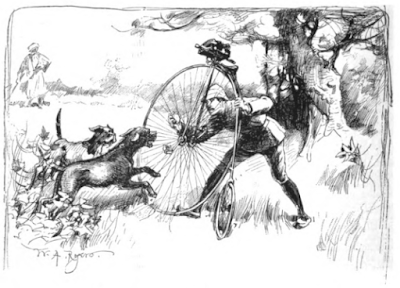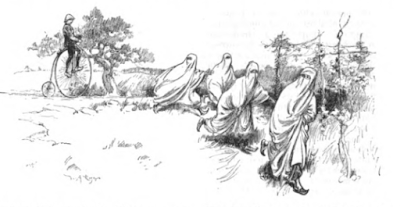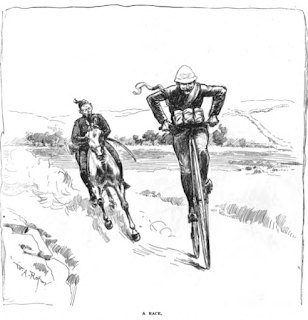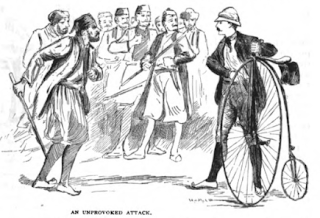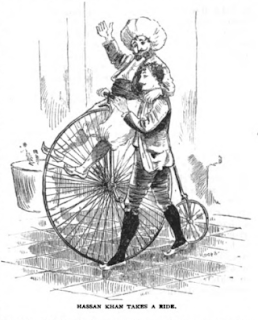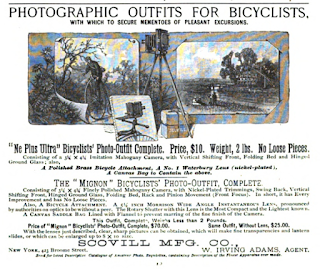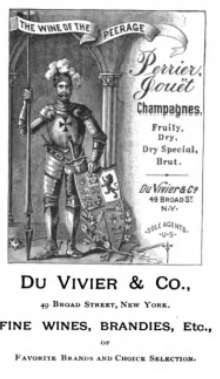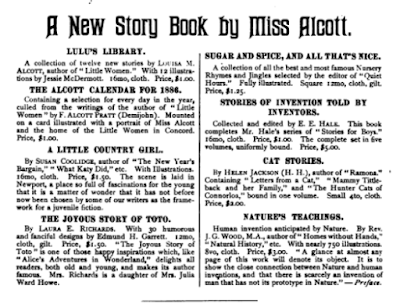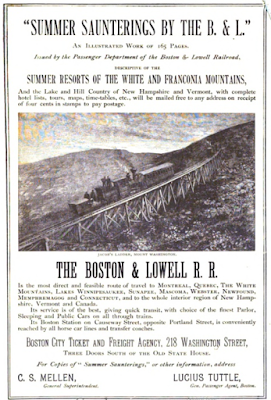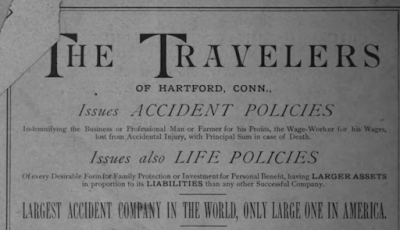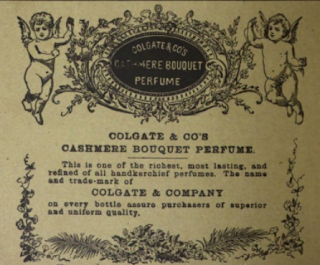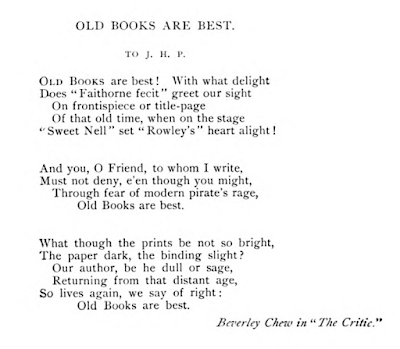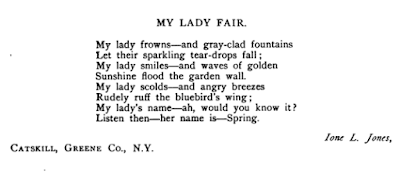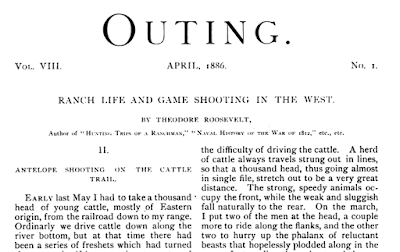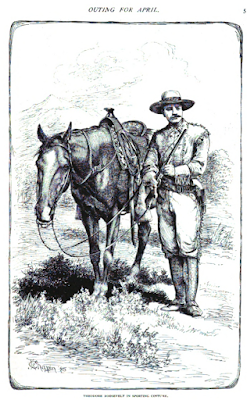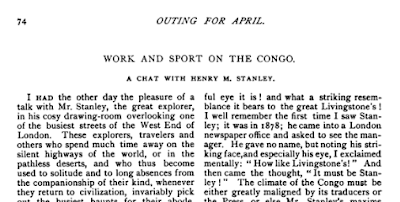

UPDATE: Bibliography has been posted here.
Last Monday’s post was a batch of notes on John Bigelow, Jr. (1854-1936), an undeservedly obscure personality in late 19th century and early 20th century American history. This Friday at the Center for Big Bend Studies conference I’ll be giving a talk about the diverse periods of his life and achievements. The title: John Bigelow, Jr.: Officer with the Tenth Cavalry, Military Intellectual, and Nexus Between West and East.
I’m not aiming to write Bigelow’s biography, although he certainly merits one,* and I hope my work may encourage and aid some other scholar in that endeavor. Apart from this talk and, fingers crossed, resulting paper for the Journal of Big Bend Studies, my project is a literary travel memoir, World Waiting for Dream: A Turn in Far West Texas, in which Bigelow appears, briefly, or at some length, in various chapters, as he was stationed in or traveled through Fort Stockton, Fort Davis, Peña Blanca (now Peña Colorado, a public park south of Marathon), the Guadalupe Mountains, and other sites in the Trans-Pecos, that is to say, Far West Texas at different times in the late 19th century. Hence, it behooves me to do this research– and wagonloads more about the Apaches and Comanches, et al— and if you find this subject half as fascinating as I do, gentle reader, you’re in for a fiesta with more than a few firecrackers.
*An excellent partial biography by Marcos Kinevan is Frontier Cavalryman: Lieutenant John Bigelow with the Buffalo Soldiers in Texas (Texas Western Press, 1998).

Apropos of researching John Bigelow, Jr., new in my working library is a handsome hardcover, the 1958 Westernlore Press limited edition of Bigelow’s collected articles for Outing, his brother Poultney Bigelow’s magazine: On the Bloody Trail of Geronimo: A Soldier’s Journal-Account of the Apache Campaign of 1886, introduced and annotated by Arthur Woodward.
Bigelow’s articles in Outing, and as reproduced in this tome, are accompanied by illustrations by a number of artists including Poultney Bigelow’s Yale University classmate, the then-unknown Frederic Remington.
As Woodward writes in his foreward, “It was a fortunate combination. Bigelow the young lieutenant who was breaking into print for the first time, and Remington, who was likewise doing his first important commission as an illustrator.”
In fact, this was not Bigelow’s first publication– although it was his first for a general readership. Two years earlier, in 1884, Bigelow had published his study of two major battles in the Franco-Prussian War, Mars-La-Tour and Gravelotte. And, over the years, he would go on to produce an important oeuvre on military strategy.
Bigelow’s Outing essays comprised his diaries as an officer in the Tenth Cavalry, published as a series of 14 articles under the title “After Geronimo,” beginning in March 1886 and concluding in April 1887. As in Texas, Bigelow remained with the 10th, an African American regiment first established in 1866, but in this action they had been sent further west, to Arizona, to mop up the last of Apache resistance. The Comanche had been defeated in Palo Duro Canyon in 1874, and with Geronimo’s surrender in September 1886, the wars in the southwest ended. (On the northern Plains, the Ghost Dance War, Pine Ridge Campaign, and Massacre at Wounded Knee would be over by 1891.)
Despite the title, Bigelow’s diary says little about the Apaches and less about Geronimo, but it provides a rare and colorful felt sense of what is was like to serve in the West in the last days of the Indian Wars. It is also a window onto Bigelow as a military intellectual, one supremely well-versed on the literature of war and, in particular, battles of the U.S. Civil War and the Franco-Prussian War– and one who, even while chasing Apaches on horseback, was thinking about the logistics and professionalism required for the industrialized wars of the future.
THE APACHES
Linguistic evidence suggests that the Apache arrived in the southwest of what is now the United States after having migrated from the northwest centuries ago. The story of the wars against them, first by the Spanish, then the Mexicans, sometimes the Comanches, and then beginning in the 1830s, the Americans, is an ugly one with many chapters. By 1885 the Apache had been decimated, and survivors eked out a meagre life on reservations (another ugly story in itself, with many chapters). On May 17, 1885, a small contingent of Chiricahua Apache led by Geronimo and Nachez bolted the reservation with over 100 other warriors, women and children, heading towards Mexico. Writes Woodward in his introduction of Bigelow and his men:
“[T]heir work guarding the mountain passes leading out of Mexico into Arizona was a most important one. No one knew exactly where Geronimo and his band would strike.”
A graduate of West Point’s class of ’77, Bigelow had no personal animus towards the Apache. He was a patriot from the very core of the Eastern Establishment, a career officer in want of the field experience that could bring him a promotion. Previously, he had served in Texas with the Tenth Cavalry from late 1877 through the end of 1879, participating in the Victorio Campaign, then returning to West Point as an assistant professor of French. He married in Baltimore in 1884, then returned to Texas again, this time with his bride and baby, first stationed at Fort Davis, Texas, then to Fort Grant, Arizona for the Geronimo campaign.
There is much more to say about his varied and outstanding career, but to return to the Geronimo Campaign, Bigelow made no bones about his motives for returning West. As he writes in his diary for May 19, 1885 (Outing, April 1886):
“I had rejoined my regiment with the expectation of gaining in efficiency from experience in the field, and I realized the fact that the opportunities for doing so in our army were becoming fewer and harder to seize every year. I also realized that laurels were scarce along Indian trails, and that they grew in difficult places. It was principally for the practice of looking and reaching for them, with the hope that the skillfulness this acquired might some day serve me under more favorable conditions, that I aspired to getting on the trail of these Chiricahuas.”
But in the same entry, Bigelow also says:
“The American public does not know the meaning of the phrase, Indian atrocity– not its true meaning… There is no public organ to give them utterance. Their revolting indecency often excludes them from every respectable paper…”
MORE ABOUT THE 1958 EDITION
In the past, for this sort of research I would have made do with online materials or purchased an ex-library or otherwise beat-up “reading copy” from whatever used bookseller. But I have become a rare book nerd! And this fine, mylar-covered and autographed (by the editor, Arthur Woodward), was not so expensive after all (say, half the cost of a pair of not-quite-Ferragamos, or less than the cost of 4 pounds of brisket BBQ). It is a finer edition than I expected, and with a crisp, two-color title page. Check this out:
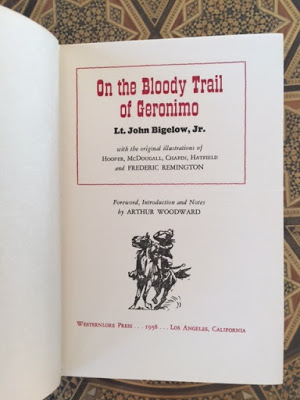


This first illustration, a portrait of Geronimo, is not by Frederic Remington but by J.R. Chapin, dated 1885.

And here are several of the Remington sketches:


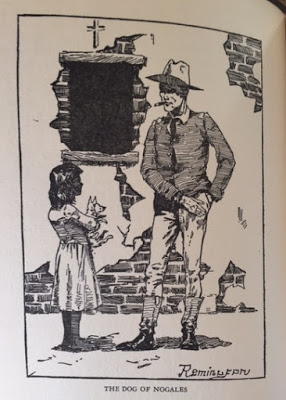

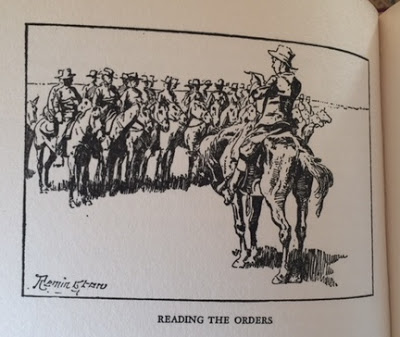
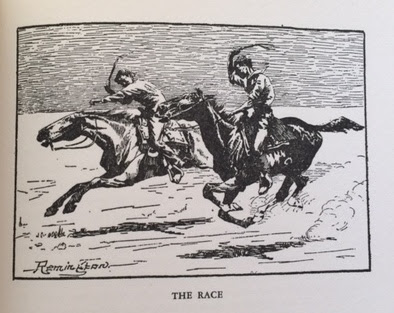

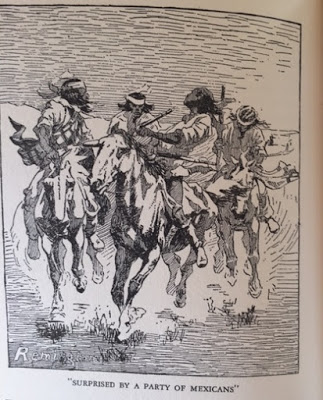
LT. BIGELOW AND HIS DIARY
Bigelow was an unusually well-educated officer. His father was a renowned New York newspaper editor and eminence of the Republican Party whose friends included such literary lights as Charles Dickens, Joaquin Miller, Mark Twain, and Oscar Wilde. (Bigelow, Sr was also the editor of Josiah Gregg’s iconic best-seller Commerce of the Prairies, and when serving as US ambassador to France during the Civil War, had rescued Benjamin Franklin’s autobiography. More about Bigelow, Sr. anon.) John Jr.’s diary is wonderfully rich with vivid detail, e.g.:
“May 19, 1885… The men and officers have not remained in the fiery furnace in which the command unsaddled. The men are mostly strewn along the railroad track, asleep in the shade of the freight cars; others are in the pump-house, through which water is brought up from an artesian well into the railroad tank; others are lounging on the platform of the station. They officers are in the warehouse. They are an ennuyé-looking set at this hour of 4 P.M.; one of them is sleeping on the hand-truck… About 5 P.M. took place the great excitement of the day– a passenger train came in from the West, and stopped about five minutes. A brisk sale ensured of newspapers and California fruit, in which a crushing railroad monopoly possessed itself of many a last cent. One officer paid 4 bits (50 cents) for four oranges.” (Outing, April 1886)
“September 6, 1885… Like most primitive American towns [Harshaw] consists of one street, lined with box-like frame houses, largel eating and drinking places; in front of these we saw an assortment of Harshaw’s men of leisure, whose facial expressions conveyed a seeming determination not to be the first to say good-day.” (Outing, June 1886)
A LANDSCAPE OF INDUSTRIALIZATION
While Bigelow does describes the saguaro cacti, gila monsters, and other exotica, including Mexican tortillas, pinole, and panocha, he and his men traverse a rapidly industrializing Arizona of railroads and hardscrabble mining towns. When possible, to spare the horses, he would march them along the railroad.
In Clifton:
“October 3, 1885… While coming into the town, I had noticed a peculiar intermittent light… which I thought might come from an electric light; now I saw that it came from a smelting work across the river. It was produced by the fresh slag; the pigs– that is, I believe, what they call them– breaking open as they rolled down the side of the dump, exposing the incandescent mass inside. having seen to the feeding and grooming of my horses, I started out with Lietnenant Reade in search of a dinner. We wandered down the street to near the end of the town, and entered the largest and brightest-lighted of the many resorts that we passed– a typical mining-town amusement hall. From a sort of large box I looked over a breast-high, counter-like partition into the main room upon a crowd of men and women of various ages and nationalities. At the middle of the side opposite the entrance was the bar. At the farthest end, from which came the sounds of lively music on the violin and other instruments, I could see figures bobbing and whirling through square and round dances. About the middle of the room was a mixture of Mexicans and Americans, sprinkled with Germans, English, Irish and other nationalities… Some of these people were playing at the billiard-tables, others were seated on the side of the room opposite the bar, or standing about the floor engaged in more or less excited conversation. The women, coming up in their promenades between the dances for a change of scene and air– sometimes for refreshment at the bar– were fewer here than at the farther end of the room. As seated at one of the restaurant tables, I took in the animated scene, I questioned to myself the propriety of my being where I was, especially of my being seen here in uniform. Before I had answered this questioning to my entire satisfaction, a couple of well-dressed gentlemen came into our little room, and as they sat down at the table next to ours, one of them was designated to me as the Governor of the Territory. I had no further concern as to the propriety of my situation. Having eaten a good supper, I repaired, rather tired, to my saddle and blankets for the night.” (Outing, August 1886)
“January 21, 1886. My authority for a leave having come yesterday, I… boarded a train and settled down with my Spanish grammar and my papers and periodicals to their enjoyment from a spring-cushioned seat. At Benson, the junction with the Southern Pacific Railroad, I lunched at a Chinaman’s, at the small cost of twenty-five cents, and I think I know what I ate. It brought me back to civilization to find myself, as I did at one o’clock, seated in a sleeping car opposite a young man in a close-fitting checked suit, carrying an extreme height of collar and sporting a varnished cane.”(Outing, November 1886)
WHITHER GERONIMO?

prior to their surrender in Skeleton Canyon, Arizona.
Bigelow did not see much action nor even get close to Geronimo; the Apache warrior-shaman seems an almost ghost-like presence in the diary.
“Sept 8, 1885… Geronimo is thought to be making for the San Mateo Mountains, the Indian strongold in New Mexico. I expect soon to hear of a movement of troops from the border towards the interior” (Outing, July 1886)
“October 7, 1885... About an hour after dark I made out a fire among some trees ahead of me. Having proceeded to within a few hundred yards of it, I halted, dismounted the troop, and advanced with my ranking non-commissioned officer to determine what it was. The corporal put his ear to the ground and reported, “They are cowboys, sir; I hear the voices.” So I mounted and pushed on. When about one hundred yards farther, we crossed a railroad and a hard level stretch beyond it, and came upon a stream about twenty feet across, which I took to be the Gila. I worked my way along it toward the fires on the opposite bank, hallooing for some one to come and show me where to cross. I was soon answered by a man standing close to the water’s edge, who told me to do so where I stood, and asked me who I was. Upon telling him, I asked him, with lively curiosity, “Who are you?”
“I am Lieutenant Reade.”
It turned out to be my friend and classmate, Lieutenant Reade, of my regiment, and my corporal’s alleged cowboys were his men.” (Outing, August, 1886)
“October 4, 1885... I went to the telegraph office for news. Learned that… General Crook concludes that the Indians have returned to Sonora.” (Outing, August, 1886)
“February 3, 1886... I apprehend that Geronimo is not yet ready to make an unconditional surrender.” (Outing, December 1886)
“March 4, 1886… Camp-life seems drearier and emptier than ever. I try to reconcile myself to it as a wholesome discipline in preparation for the intervals of inaction in real way, but it is hard to imagine this inanity in real war.” (Outing, January 1887)
“March 18, 1886. It is now three days since General Crook was to have met Geronimo, but we have not yet heard of his doing so.” (Outing, January 1887)
“March 21, 1886… This time last year I was packing to move from Texas to Arizona and I have been pretty constantly in camp or on the march ever since. When I consider what little professional advantage that this roughing it is affording me, I am satified with the prospect of a return, without honor or distinction, to my garrison home.” (Outing, January 1887)
But the violence, and for Bigelow, the chase, heats up in May. Bigelow and his men are in the field, hearing stories of killings and kidnappings, seeing signs of Indians, visiting abandoned and pillaged ranches– but still, no Geronimo. The last article in the series, published in April 1887, in the main diary entries from June 1886, have Bigelow and his men roughing it out in the field.
“June, 1886... we found the body of a man shot through the heart. From papers lying near him and from his appearance, I judged him to be a German. He was evidently camping here, cultivating a small vegetable garden.. I noticed on the top of his head a raw, white circle about the size of a dollar, which showed him to have been scalped.” (Outing, April 1887)
They cross the border into Mexico, passing near American-owned mines:
“San Lazaro, Mexico, June 14, 1886... I am told that the day after I passed through here going east, a party of Indians, numbering thirty-seven, crossed the road some twenty-five miles below, testifyng to their hot pursuit by eating raw meat.” (Outing, April 1887)
Without ceremony, the diary trails off with the last installment in Outing April 1887, when presumably, readers would have known of Geronimo’s surrender in September 1886 in Arizona’s Skeleton Canyon.
In the diary published in Outing Bigelow says little of the Chiricahua Apache. Most of his descriptions of Indians of are of his own scouts, Tontos and Mojave. However brief and light his focus, Bigelow has an eye for novelistic detail:
“December 14, 1885…After issuing them their arms, ammunition, accoutrements and camp equipage, I proceeded to take down the wants of my Indians in the way of clothing. which struck me as rather capricious. Some wanted a hat, and some did not; the same was the case with boots… In order to get at the sizes they needed, I had toi let them try on my own boots and hat and gauntlets…. One Indian amused us very much in his first attempt to utilize a boot-jack.” (Outing, September 1886)
“January 30, 1886… Tonto Jim… did not stay long, as I offered him nothing to smoke. These Indians are greater smokers if cigarettes than the Mexicans. Not smoking myself now, I have discontinued keeping tobacco, and I apprehend that my Indian friends will fall off from me. They used to come in and make long visits on my tobacco-box, and would often ask me for tobacco and cigarette papers, of which I kept an extra supply for them. They never say “thank you,” or anything that seems like it. I do not think there is any such phrase in their language.” (Outing, December, 1886)
GERONIMO THEN, GERONIMO NOW
I cannot help but wonder what Bigelow would have made of the rest of Geronimo’s life, and whether he reflected upon his own influence on Geronimo’s fame. (Perhaps I shall find out, if I can consult his diaries, which are in the Library at West Point.) After a stint as a POW in Florida, then Alabama, Geronimo lived out his life in Fort Sill, Indian Territory. Writes William A. Clements in Imagining Geronimo:
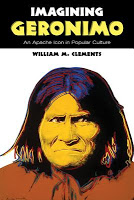
“Geronimo became a celebrity. He attended world’s fairs in Omaha, Nebraska, in 1898; Buffalo, New York, in 1901; and Saint Louis, Missouri, in 1904. He participated in Theodore Roosevelt’s inauguration in 1905 and was courted by Wild West show entrepreneur Gordon Lillie (Pawnie Bill). He was a tourist attraction and provided good copy for journalists who speclated that he had gone mad, that his much heralded conversion to Christianity was only a sham, and that he was plotting an escape. Newspapers sought his opinions on topics such as the Filipino resistance to the American presence following the Spanish-American War and the education of Apache children. Geronimo died in 1909 from pneumonia that he contracted after lying out all night after one of his protracted drinking bouts.” (p. 10)
Much more anon.

Notes on John Bigelow, Jr. and Garrison Tangles in the Friendless Tenth
Biographers International Interview with C.M. Mayo:
Strange Spark of the Mexican Revolution
Working with a Working Library: Kuddelmuddel
Find out more about
C.M. Mayo’s books, articles, podcasts, and more.


